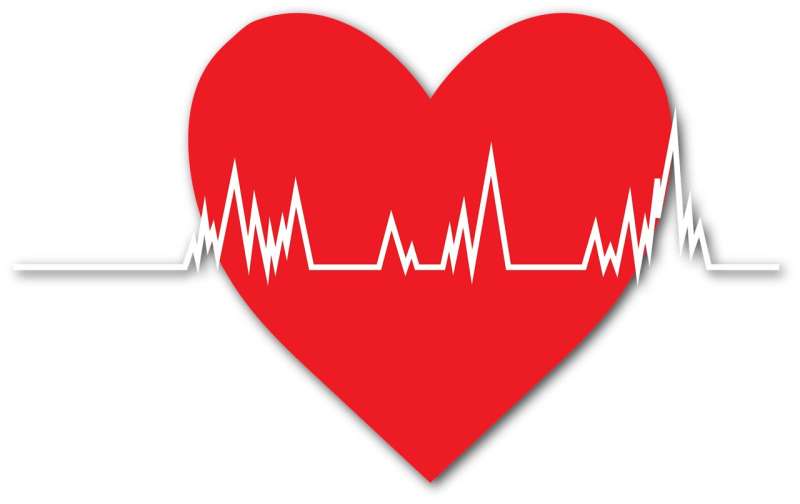This article has been reviewed according to Science X's editorial process and policies. Editors have highlighted the following attributes while ensuring the content's credibility:
fact-checked
proofread
Evaluating neural activity and exercise capacity in patients with heart failure secondary to antineoplastic therapy

A study, published in the American Journal of Physiology-Heart and Circulatory Physiology, has analyzed the relationship between sympathetic neural overload and exercise capacity in patients with heart failure with reduced ejection fraction (HFrEF) related to anthracycline chemotherapy.
HFrEF is a type of heart failure in which the heart ventricles do not contract properly with each beat, resulting in ineffective pumping of blood out of the heart. The sympathetic nervous system, among other functions, plays a role in regulating blood pressure, heart rate, and the activity of the smooth muscle of the blood vessels that supply blood to our body's tissues.
Muscle sympathetic nerve activity (MSNA) and peripheral vasoconstriction are significantly increased in patients with HFrEF, which contributes to skeletal myopathy and the usual decrease in exercise capacity.
Drugs used to treat cancer, such as anthracyclines, are directly associated with the development of cardiotoxicity, causing systolic and diastolic ventricular dysfunction, among other cardiological effects.
However, there was still a need to clarify whether sympathetic nerve tone is altered in patients with HFrEF anthracycline-based chemotherapy with or without chest radiation (HFrEFCA).
Sixteen patients with HFrEFCA, ventricular ejection fraction less than 50%, stable and on specific treatment for heart failure were included in the study. In addition, ten patients with HFrEF and sixteen age-matched healthy controls from previous studies were included.
The results showed that the HFrEF and HFrEFCA patients had increased levels of ANSM in comparison to the healthy group. In addition, exercise capacity was reduced in both heart failure groups, suggesting that sympathetic activation plays a role in exercise intolerance.
The study also showed that patients with HFrEFCA have an increased frequency of sympathetic nerve activity peaks. This information has clinical implications, as it is known that increased sympathetic nerve activity and reduced muscle blood flow are associated with a worse prognosis in this population.
Although an increase in sympathetic nerve activity has been identified in patients with HFrCA, the authors report that the underlying causes of this activation are still complex and require further study. Possible mechanisms include decreased baroreflex control, which is responsible for controlling blood pressure, adjusting heart rate and vascular sympathetic tone.
It may also be related to sensitized chemoreflex control, which plays a role in controlling and regulating respiratory responses to changes in oxygen and carbon dioxide concentrations in arterial blood. Both of these alterations have already been described in patients with HFrEF.
These results are important because they could help identify patients at greater risk of developing heart failure related to anthracycline chemotherapy. In addition, they may lead to the development of new treatments to improve exercise capacity in patients with this condition.
The study was conducted by researchers from the D'Or Institute for Research and Education (IDOR), the Hospital Sírio Libanês, the Instituto do Coração (InCor), the Instituto do Câncer do Estado de São Paulo, both from the Hospital das Clínicas of the University of São Paulo Medical School and the Centro Paulista de Oncologia—Oncoclínicas.
More information: Amanda G. Rodrigues et al, Sympathetic Neural Overdrive and Diminished Exercise Capacity in Reduced Ejection Fraction Heart Failure Related to Anthracycline- Based Chemotherapy, American Journal of Physiology-Heart and Circulatory Physiology (2023). DOI: 10.1152/ajpheart.00476.2023


















